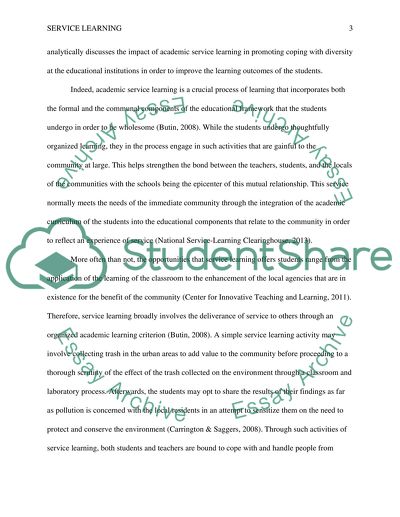Cite this document
(“Service Learning Essay Example | Topics and Well Written Essays - 1500 words”, n.d.)
Retrieved from https://studentshare.org/education/1485123-service-learning
Retrieved from https://studentshare.org/education/1485123-service-learning
(Service Learning Essay Example | Topics and Well Written Essays - 1500 Words)
https://studentshare.org/education/1485123-service-learning.
https://studentshare.org/education/1485123-service-learning.
“Service Learning Essay Example | Topics and Well Written Essays - 1500 Words”, n.d. https://studentshare.org/education/1485123-service-learning.


